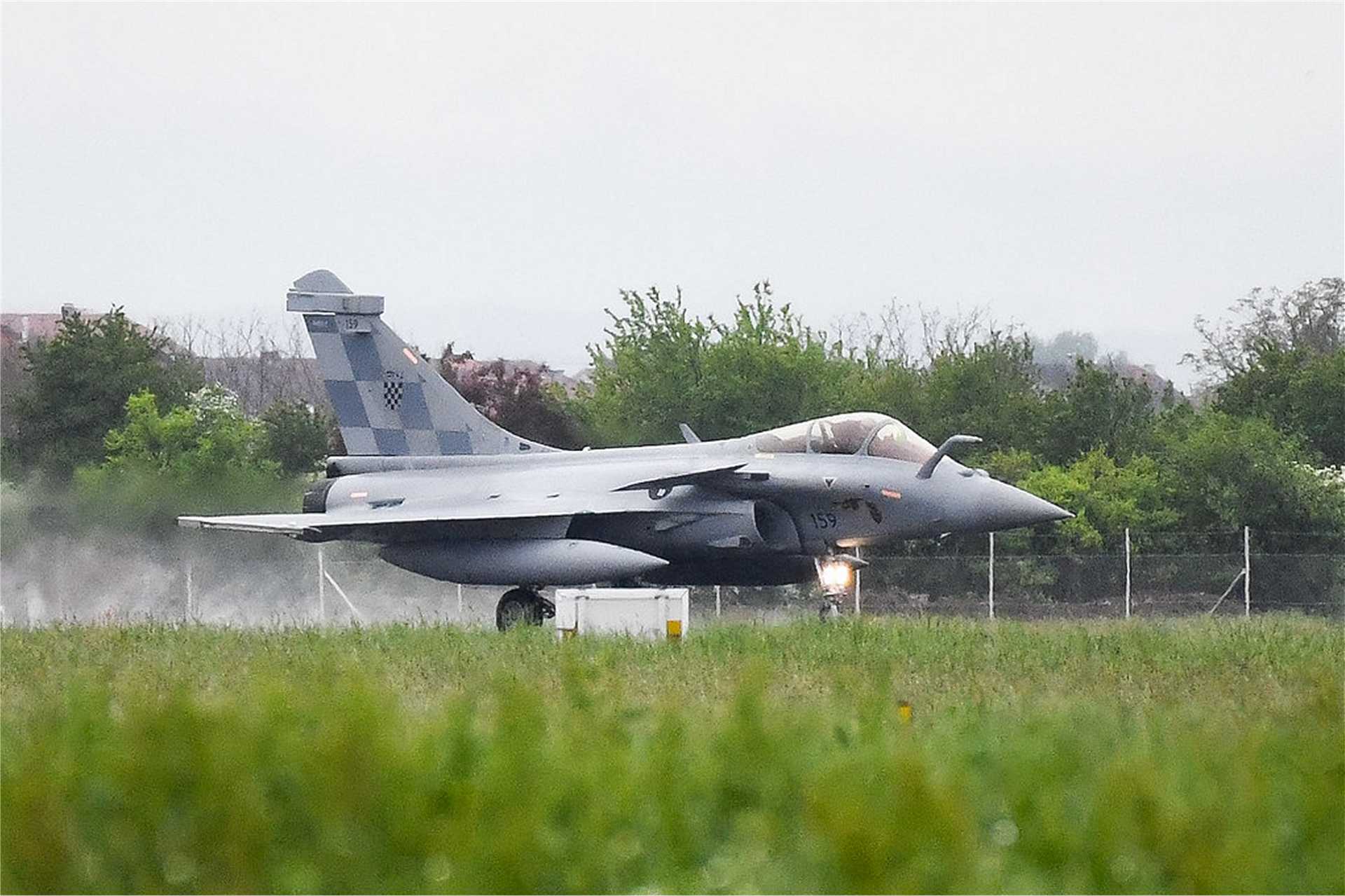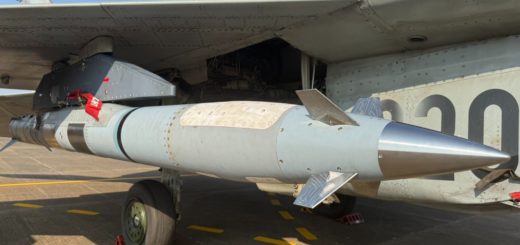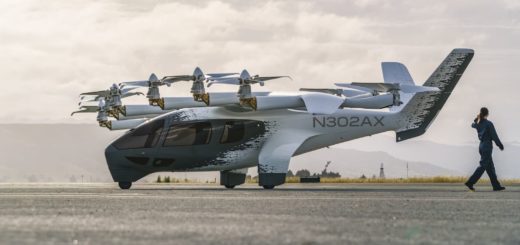Croatia Completes Reception of Rafale Fighter Jets to Strengthen NATO Airpower

{loadposition bannertop}
{loadposition sidebarpub}
On April 25, 2025, Croatia officially took delivery of its fleet of Dassault Rafale fighter jets, marking a significant transformation in its national defense capabilities. The final Rafale landed at the “Pukovnik Marko Živković” barracks in Pleso exactly one year after the arrival of the first six aircraft, completing the handover of all twelve multi-role combat aircraft acquired from France.Follow Army Recognition on Google News at this link
A Croatian Air Force Rafale F3-R fighter jet on the tarmac at Pleso Air Base during the final reception ceremony, April 25, 2025. (Picture source: Croatia MoD)
The procurement of twelve French Rafale F3-R standard fighter aircraft follows the 2021 agreement between Croatia and France, valued at approximately €999 million. These aircraft, previously operated by the French Air and Space Force, offer Croatia a significant technological and operational enhancement over its previous MiG-21 fleet, ensuring full integration into NATO’s air defense structures.
The Rafale F3-R configuration introduces a comprehensive set of capabilities that transform Croatia’s air combat and defense posture. The aircraft are equipped with the Thales RBE2-AA active electronically scanned array (AESA) radar, providing superior target detection, tracking, and engagement at extended ranges. They also feature the SPECTRA electronic warfare suite, which offers electronic support measures, electronic countermeasures, and advanced threat evasion capabilities, significantly enhancing survivability in complex air defense environments.
The Rafale’s armament includes integration with the Meteor beyond-visual-range air-to-air missile, allowing engagements at distances exceeding 100 kilometers, and the MICA missile family for both air-to-air and surface strike missions. In addition, the aircraft are capable of deploying precision-guided munitions such as the AASM “Hammer” bomb and Exocet AM39 missiles for maritime strike operations. With these capabilities, the Rafale enables Croatia to conduct air superiority missions, ground support, deep strike, maritime interdiction, and intelligence, surveillance, and reconnaissance (ISR) operations.
From a strategic perspective, the Rafale acquisition significantly increases Croatia’s ability to fulfill NATO’s collective defense obligations. The new fleet strengthens Croatia’s capacity to perform quick reaction alert (QRA) missions, contribute to NATO Integrated Air and Missile Defense (IAMD), and participate in multinational operations. The advanced interoperability provided by the Rafale’s systems ensures seamless coordination with allied air forces, enhancing Croatia’s contribution to joint air operations and rapid deployment missions within the NATO Response Force (NRF) framework.
The reception of the Rafale fleet also improves regional security dynamics in Southeast Europe. Croatia now operates one of the most modern and capable air forces among the countries on NATO’s southeastern flank. This enhancement contributes to the broader objective of reinforcing the Alliance’s posture in the Balkans and the Adriatic region, serving as a stabilizing factor in a strategically sensitive area.
In parallel with the acquisition, Croatia has increased its defense spending to two percent of its gross domestic product (GDP) in 2025, aligning with NATO’s defense investment guidelines. Further growth is planned, with projections to reach 2.5 percent by 2027 and a longer-term goal of three percent. These investments underscore Croatia’s commitment to modernizing its armed forces and fulfilling its responsibilities as a NATO member.
With the completion of the French Rafale fighter jets’ reception, Croatia has concluded one of the most complex and important defense projects in its modern history. The Croatian Air Force now possesses a technologically advanced, operationally flexible, and fully NATO-compatible air combat capability, providing a robust foundation for national defense and alliance contributions in the coming decades.

{loadposition bannertop}
{loadposition sidebarpub}
On April 25, 2025, Croatia officially took delivery of its fleet of Dassault Rafale fighter jets, marking a significant transformation in its national defense capabilities. The final Rafale landed at the “Pukovnik Marko Živković” barracks in Pleso exactly one year after the arrival of the first six aircraft, completing the handover of all twelve multi-role combat aircraft acquired from France.
Follow Army Recognition on Google News at this link
A Croatian Air Force Rafale F3-R fighter jet on the tarmac at Pleso Air Base during the final reception ceremony, April 25, 2025. (Picture source: Croatia MoD)
The procurement of twelve French Rafale F3-R standard fighter aircraft follows the 2021 agreement between Croatia and France, valued at approximately €999 million. These aircraft, previously operated by the French Air and Space Force, offer Croatia a significant technological and operational enhancement over its previous MiG-21 fleet, ensuring full integration into NATO’s air defense structures.
The Rafale F3-R configuration introduces a comprehensive set of capabilities that transform Croatia’s air combat and defense posture. The aircraft are equipped with the Thales RBE2-AA active electronically scanned array (AESA) radar, providing superior target detection, tracking, and engagement at extended ranges. They also feature the SPECTRA electronic warfare suite, which offers electronic support measures, electronic countermeasures, and advanced threat evasion capabilities, significantly enhancing survivability in complex air defense environments.
The Rafale’s armament includes integration with the Meteor beyond-visual-range air-to-air missile, allowing engagements at distances exceeding 100 kilometers, and the MICA missile family for both air-to-air and surface strike missions. In addition, the aircraft are capable of deploying precision-guided munitions such as the AASM “Hammer” bomb and Exocet AM39 missiles for maritime strike operations. With these capabilities, the Rafale enables Croatia to conduct air superiority missions, ground support, deep strike, maritime interdiction, and intelligence, surveillance, and reconnaissance (ISR) operations.
From a strategic perspective, the Rafale acquisition significantly increases Croatia’s ability to fulfill NATO’s collective defense obligations. The new fleet strengthens Croatia’s capacity to perform quick reaction alert (QRA) missions, contribute to NATO Integrated Air and Missile Defense (IAMD), and participate in multinational operations. The advanced interoperability provided by the Rafale’s systems ensures seamless coordination with allied air forces, enhancing Croatia’s contribution to joint air operations and rapid deployment missions within the NATO Response Force (NRF) framework.
The reception of the Rafale fleet also improves regional security dynamics in Southeast Europe. Croatia now operates one of the most modern and capable air forces among the countries on NATO’s southeastern flank. This enhancement contributes to the broader objective of reinforcing the Alliance’s posture in the Balkans and the Adriatic region, serving as a stabilizing factor in a strategically sensitive area.
In parallel with the acquisition, Croatia has increased its defense spending to two percent of its gross domestic product (GDP) in 2025, aligning with NATO’s defense investment guidelines. Further growth is planned, with projections to reach 2.5 percent by 2027 and a longer-term goal of three percent. These investments underscore Croatia’s commitment to modernizing its armed forces and fulfilling its responsibilities as a NATO member.
With the completion of the French Rafale fighter jets’ reception, Croatia has concluded one of the most complex and important defense projects in its modern history. The Croatian Air Force now possesses a technologically advanced, operationally flexible, and fully NATO-compatible air combat capability, providing a robust foundation for national defense and alliance contributions in the coming decades.






